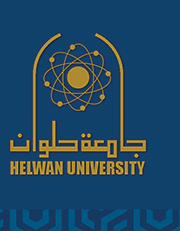Abstract
Migration processes are inherently complex phenomena. Moreover, the socio-political events triggered by the Arab Spring have intensified debates surrounding the elements that seek to define individual or collective displacement within static categories. In Syria, the armed conflict that began in 2011 forced countless individuals to abandon their homes in search of survival. This article aims to explore possible intersections between the fields of art and migration studies, focusing on the trajectory of Sulafa Hijazi, a Syrian artist who migrated to Germany in 2013 due to the war in her homeland. By examining the diverse categories of migration in Syria, this study provides a framework for reflecting on the impact of war and migration on the artistic field and cultural production, both within Syria and on an international scale. The objective is to offer the reader an explanatory framework for the evolving patterns of Syrian migration and the concomitant statuses of migrants, which have emerged in response to the diverse policies and conditions encountered in host states. Here, art is understood not merely as a representation of reality but as life itself—a producer of new meanings and significations. This perspective highlights the relationships between aesthetic languages and political practices, revealing their varied forms of expression and intervention. Such an approach underscores the role of art in responding to and shaping the socio-political dynamics of displacement and its broader implications.
Recommended Citation
Coutinho, Suzana Ramos and Santos, Jesner Esequiel dos
(2025)
"Migration and art: perspectives on Syrian mobility in the light of Sulafa Hijazi’s art,"
Journal of Art, Design and Music: Vol. 4
:
Iss.
2
, Article 8.
Available at: https://doi.org/10.55554/2785-9649.1063
Creative Commons License

This work is licensed under a Creative Commons Attribution-NonCommercial-No Derivative Works 4.0 International License.







